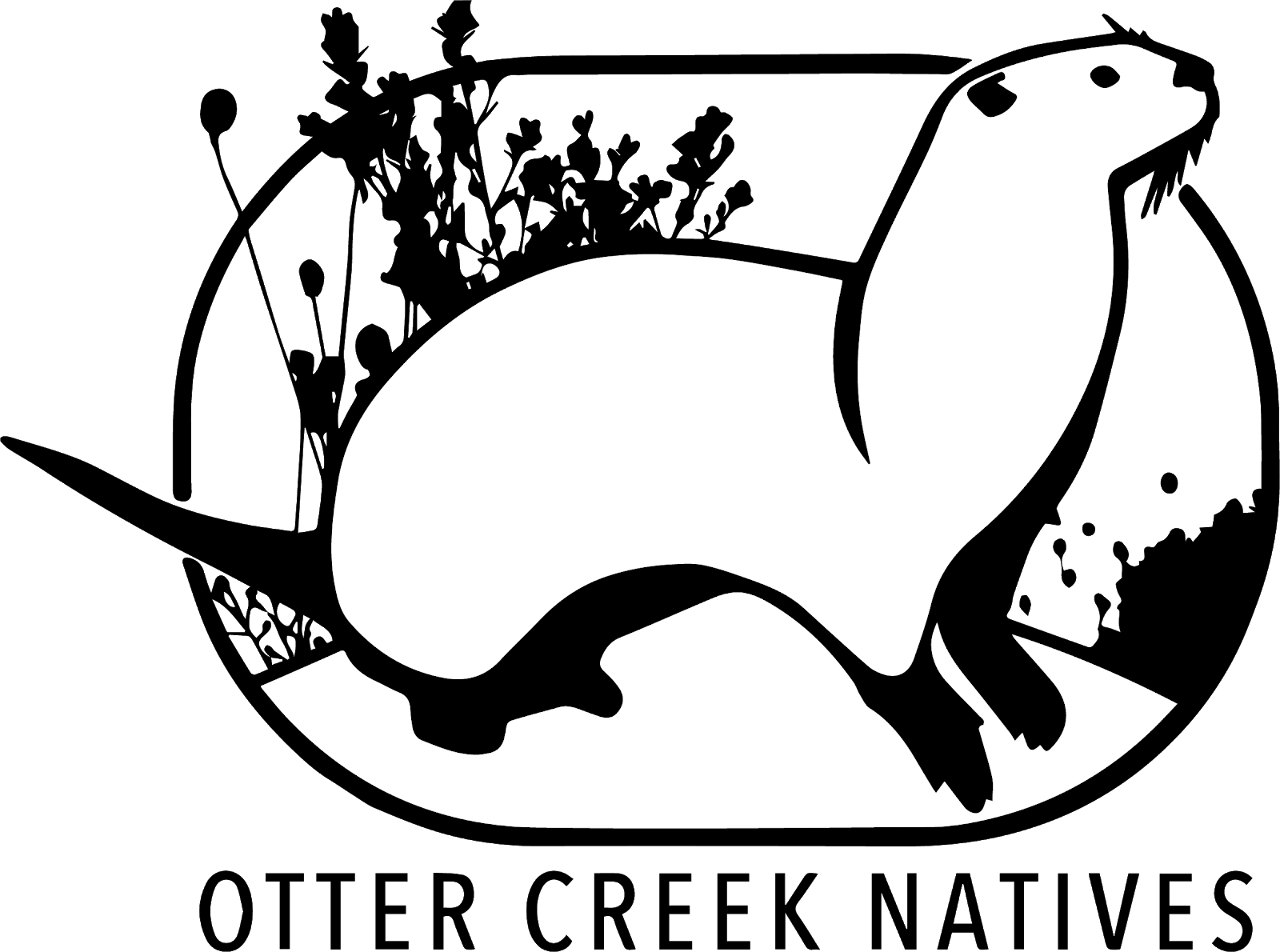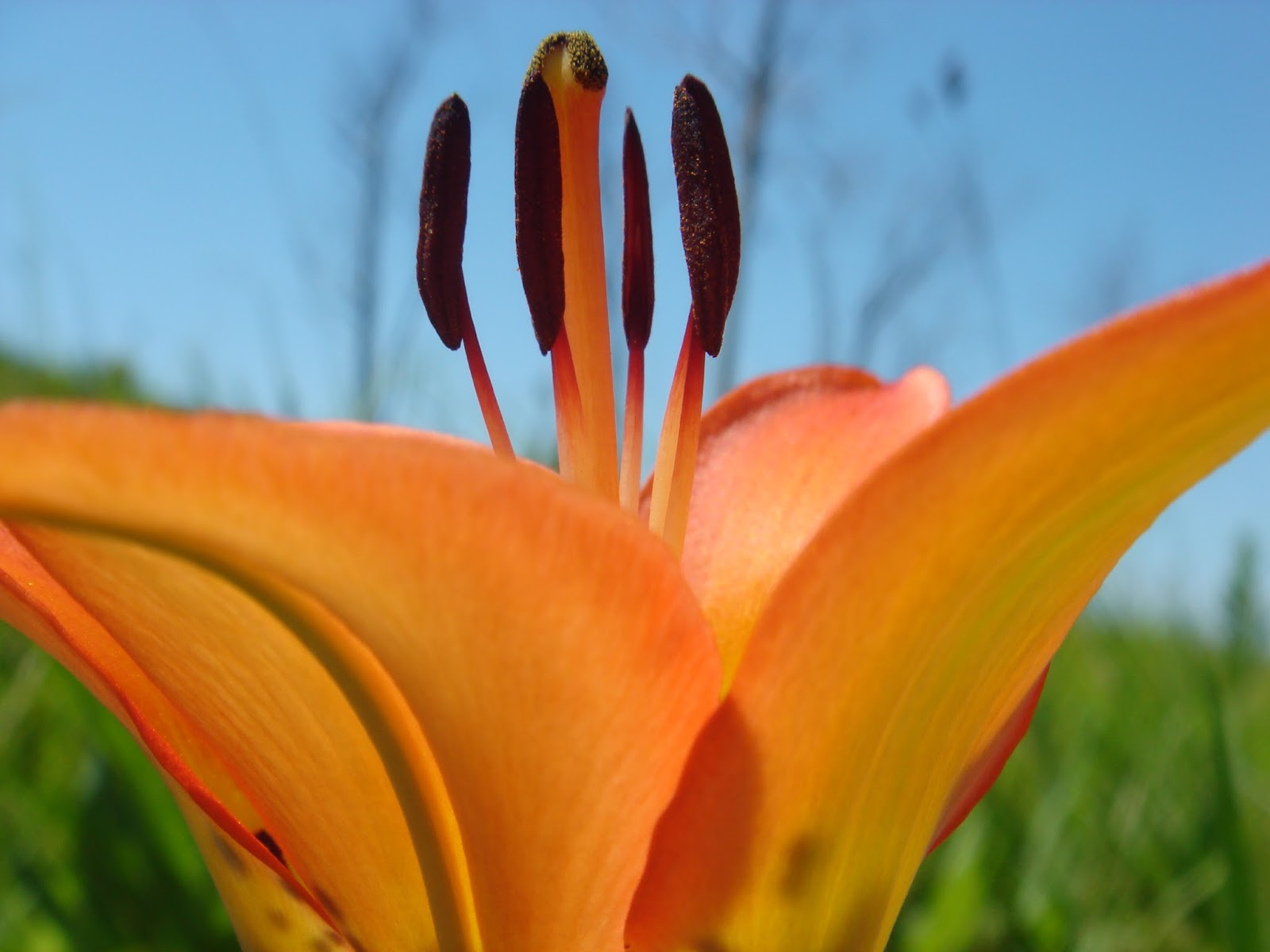Photo Credit: Tim Youngquist
PLANNING: Choose your site. It must have from 70 to 100 percent sunlight. Determine the soil type (wet, dry, clay, sandy, etc) and the size and shape of your planting. THINK SMALL. You can always expand your plot after you determine which plants do well on your site and after assessing your time commitment. Gentle curving lines resemble native prairies more than squares, rectangles, or sharp angles.
SITE PREPARATION: On small sites, you can remove perennial weeds by hand, removing roots and rhizomes; you may begin planting immediately. On large sites you will need larger equipment. Begin discing the area a year in advance and continue to disc periodically during the growing season exposing weed rhizomes and roots to the sun and frost.
SEEDS: Seeds or plants may be purchased from a number of local, reputable dealers. It is important to use seed that has been collected locally which more readily adapts to your area and insures the genetic resilience of local plants. You may also collect your own seed and start your own plants. (see refs)
SEEDING: On small sites, seeds can be broadcast by hand. Rake the seeds in and pack firmly. Do not bury the seeds in a fluffy bed as you would in a garden. Prairie seeds germinate best on a firm seedbed with maximum seed to soil contact. Try to plant a minimum of 20 species of forbs and 5 species of grasses. The ratio of grass to forb seed should be between 60 to 50 and 80 to 20. The grasses will help support the forbs and more closely resemble a true prairie. Try to seed in late May to early June to take advantage of adequate rainfall.
MAINTENANCE: One small sites, weeds may be removed by hand or the area can be mowed or clipped by hand about 6 inches high to keep the faster growing weeds from shading out your seedlings. Most prairie seedlings concentrate their growth below ground the first few years. You may want to mow the second year too. In the spring of the third year, either burn your prairie plot or mow and remove the plant material. Some plants may bloom the first year, but the real treat is after the third year burn. Prairie plantings require a little work, faith, and patience.
REFERENCES: The Prairie Garden by J. Smith, Restoring the Tallgrass Prairie by Shirley Shirley, Tallgrass Prairie by John Madson and Frank Oberle, The Prairie World by David Costello, Where the Sky Began by John Madson, An Illustrated Guide to Iowa Prairie Plants by Paul Christiansen and Mark Muller, The Tallgrass Restoration Handbook for Prairies, Savannas, and Woodlands edited by Stephen Packard and Cornelia Mutel, Prairies, Forests, and Wetlands – the Restoration of Natural Landscape Communities in Iowa by Jan Thompson.
Photo Credit: Tim Youngquist
Photo Credit: Tim Youngquist


